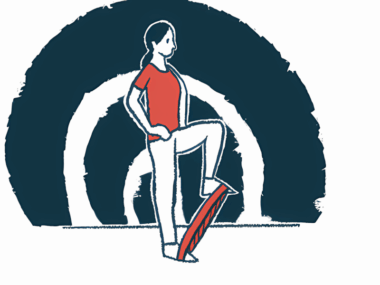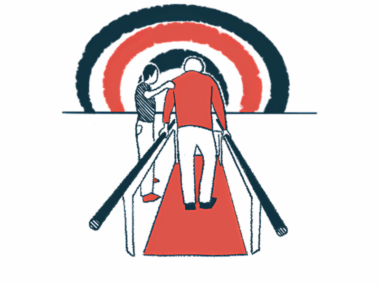In MS, best exercises for balance may depend on specific issues
Study may help identify best exercises for individuals
Written by |

Some exercises are better than others at easing certain problems associated with balance in people with multiple sclerosis (MS), and the most effective type may depend on a patient’s specific issue, a small study suggested.
The findings “provide valuable insights into the long-term effects of these exercises,” the researchers wrote.
The study, “Long-term effects of various exercise training modalities on balance, gait and fatigue in patients with multiple sclerosis: a randomized controlled study,” was published in Neurological Research.
As balance problems and difficulty walking are common symptoms of MS, people with MS are often advised to do exercises that aim to improve balance.
There are several types of balance exercises that may be used in MS, but not much data on how outcomes differ with each type. A pair of scientists in Turkey set out to compare the effects of three common types.
The researchers looked at standard balance exercise (SBE), which includes walking on toes and heels, balancing on a board, or walking carefully in a straight line; vestibular exercise (VE), which aims to strengthen the vestibular system, a sensory system that helps coordinate where the body is in a three-dimensional space and may include exercises such as moving the head around or standing up first with eyes open and then with eyes closed; and cervical stabilization exercise (CSE), which focuses on strengthening the muscles that keep the spine in alignment while maintaining specific postural positions.
Walking, standing, reaching
The study (NCT05409599) involved 35 MS patients who were randomly assigned to one of three groups. In each group, patients completed three, 45-minute exercise sessions weekly for 12 weeks (about three months). Patients underwent a battery of tests assessing balance and walking ability before and after the intervention.
At the end of the 12-week intervention, patients who had used VE or CSE showed statistically significant improvements in the two-minute walk test and the functional reach test. The two-minute walk test measures the distance a person is able to cover while walking on a flat surface for two minutes, while the functional reach test is a balance test that measures the distance a person can reach while in a fixed position.
The CSE group, but not the VE group, showed improvements in other measures of balance as well, including the four-square step test and the timed up-and-go test. The four-square step test measures the time a person takes to step into four squares in a specific order, while the timed up-and-go test measures the time it takes for a person to stand up from a chair, walk three meters, and then return to sitting.
In the SBE group, by contrast, none of the outcomes showed statistically meaningful improvements. Measures of fatigue eased in the CSE group, but not in the VE or SBE groups.
A long-term follow-up assessment conducted six months after the intervention ended showed the VE group had persistent improvements in the functional reach and four-square step tests, whereas the CSE group showed long-term improvements only in the timed up-and-go test.
Patients given VE or CSE reported less severe fatigue at the long-term follow-up. Patients given SBE showed some improvements in measures of walking ability, but no long-term improvements in measures of balance.
More detailed statistical comparisons among the groups indicated that patients given VE showed the best improvements with static balance (balancing while stationary) and walking speed, whereas patients given CSE showed the best improvements in dynamic balance (balancing while moving) and walking endurance. VE and CSE showed comparable effects on long-term fatigue. SBE showed relatively less benefit than either VE or CSE in these comparisons, suggesting that VE or CSE may be more effective for MS patients.
The findings may help identify the best exercises to help individual patients, according to the researchers.
“From a clinical perspective, the findings suggest that vestibular exercises can be considered for patients with static balance impairments,” while “cervical stabilization exercises can be preferred for dynamic balance impairments,” the scientists wrote.
Meanwhile, “when addressing gait difficulties in patients with MS, it is essential to determine whether the primary issue is speed or endurance, as this distinction may guide the selection of the appropriate exercise modality,” they wrote.
The scientists stressed that their study was limited by the small number of patients and that it did not include those with more severe disability. Further studies are needed to assess the long-term effects of these interventions in those patients, they said.






